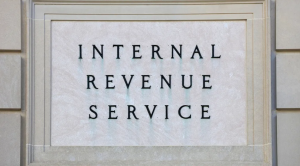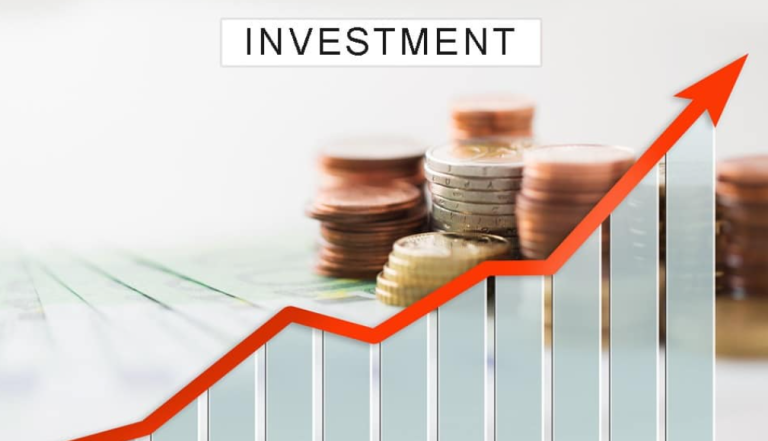When it comes to investing in the stock market, one way to secure a steady stream of income is by focusing on dividend-yielding stocks. In this article, we will explore some of the highest dividend-yielding stocks in the S&P 500, understand how these dividends work, and discuss the factors that make them appealing to investors seeking income.
Understanding Dividend Yield:
Dividend yield is a critical metric for income investors. It represents the annual dividend income an investor can expect to receive for every dollar invested in a particular stock. For example, a stock with a 5% dividend yield will provide $5 in annual dividends for every $100 invested.
Top High-Dividend Stocks in the S&P 500:
AT&T Inc. (T): AT&T has been a consistent high-yield dividend stock. Its dividend yield has historically been above 5%, making it an attractive choice for income-focused investors.
Verizon Communications Inc. (VZ): Verizon, a major telecommunications company, offers a competitive dividend yield, generally hovering around 4%. Its solid cash flow supports these payouts.
Altria Group Inc. (MO): As a tobacco company, Altria has consistently provided high dividend yields, often surpassing 6%. This makes it an income favorite for many investors.
Exxon Mobil Corporation (XOM): Exxon Mobil, a global energy giant, has a history of paying reliable dividends. Its yield often exceeds 5%, making it an appealing choice for income investors.
AbbVie Inc. (ABBV): AbbVie, a pharmaceutical company, boasts an impressive dividend yield, typically around 4-5%. Its robust drug portfolio supports its dividend payments.
Why High-Dividend Stocks?
Investors are drawn to high-dividend stocks for several reasons:
Income Stream: High-dividend stocks provide investors with a consistent income stream. This can be especially valuable for retirees or those looking to supplement their regular income.
Historical Stability: Many of the companies offering high dividends have a history of financial stability and a commitment to returning value to shareholders.
Portfolio Diversification: These stocks can add diversity to an investment portfolio, balancing the potential for capital appreciation with regular income.
Inflation Hedge: Dividends can serve as a hedge against inflation, as companies often raise their dividend payouts over time.
Risks and Considerations:
While high-dividend stocks are appealing, investors should also be aware of the risks:
Market Volatility: High-dividend stocks may not be immune to market volatility, and their share prices can fluctuate.
Dividend Cuts: Companies can reduce or eliminate dividend payments during challenging economic periods.
Tax Implications: Dividend income is typically taxed, and the tax rate may vary depending on an investor’s country of residence.
High-dividend stocks can be an attractive choice for income-focused investors. Companies in the S&P 500 that offer solid dividend yields can provide a steady income stream, historical financial stability, and potential for long-term growth. However, investors should always conduct thorough research and consider their financial goals and risk tolerance before building a dividend-focused portfolio.



























